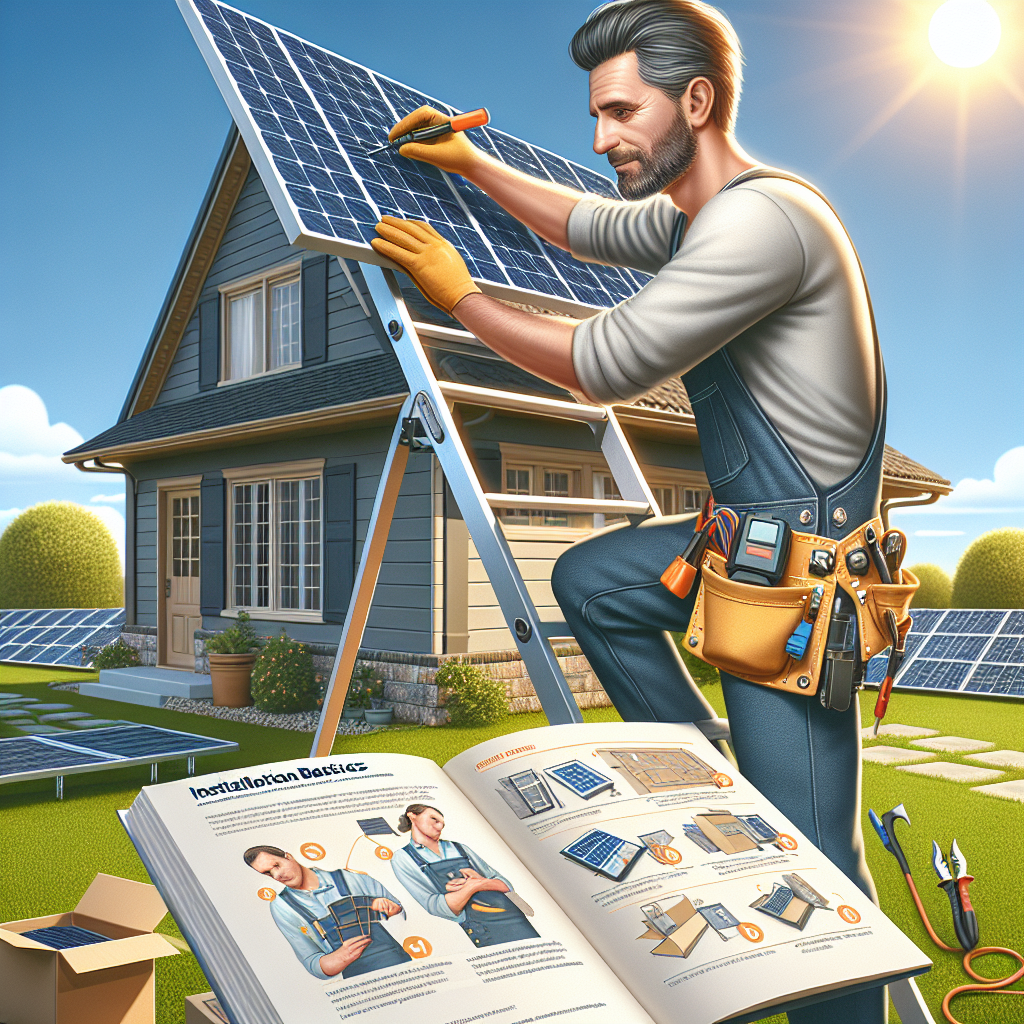As the world shifts toward renewable energy sources, solar power stands out as a popular choice for both environmental and economic reasons. Choosing the right solar panel system can be a daunting task, but with a little understanding, you can make informed decisions that will benefit you for years to come. This guide aims to break down the complexities of solar panel installations, helping you navigate through this bright new world.
Understanding Solar Energy: An Introduction
Before diving into the nitty-gritty of solar panel systems, it’s essential to understand the benefits of solar energy. Solar power harnesses the sun’s energy, converting it into electricity that fuels our homes and businesses. By investing in solar panels, you’re not only reducing your electricity bills but also contributing to a cleaner planet.
Assessing Your Energy Needs
Calculate Your Energy Consumption
The first step in choosing the right solar panel system is assessing your current energy needs. Review your electric bills from the past year to determine your average monthly consumption. Tools such as energy calculators can help you estimate how many kilowatts you use on average. This information is vital for determining the size of your solar panel system.
Consider Future Energy Changes
Are you planning to purchase new appliances or an electric vehicle? Thinking ahead about changes in your energy consumption can save you from needing to expand your solar setup later.
Choosing the Right Solar Panel System
Types of Solar Panels: A Quick Overview
-
Monocrystalline Solar Panels: Renowned for their high efficiency and sleek design, these panels are ideal if you have limited roof space. While they tend to be more expensive, their performance can offset the cost in the long run.
-
Polycrystalline Solar Panels: More budget-friendly, these panels are less efficient than monocrystalline options but still an excellent choice for those with ample installation space.
- Thin-Film Solar Panels: Lightweight and versatile, these panels can be installed on various surfaces. Although less efficient, they are often more affordable and perform well in low-light conditions.
Efficiency Ratings and Warranties
Understand the efficiency ratings of the solar panels you’re considering. A higher efficiency rating means that the panels convert more sunlight into usable electricity. Additionally, check the warranties offered by manufacturers. A good warranty indicates the manufacturer’s confidence in their product and can provide peace of mind for years to come.
Installation Basics: What to Expect
Hiring a Professional Installer
While DIY projects can be rewarding, solar panel installation requires professional expertise. Research local contractors and verify their licenses and customer reviews. Aim for a certified installer who understands building codes and can provide a seamless installation process.
Understanding the Installation Process
- Site Assessment: A professional will conduct a thorough evaluation of your roof and land to determine the best placement for your panels.
- Design and Permitting: Once the site assessment is complete, custom designs will be created based on your needs, followed by obtaining the necessary permits.
- Installation Day: On this day, the installation team will mount the panels, connect them to the inverter (which converts sunlight into usable electricity), and perform all electrical connections.
- Final Inspection and Connection to the Grid: After installation, an inspector will review the setup to ensure compliance with local codes before connecting your solar system to the power grid.
Financing Your Solar Panel System
Understanding Available Incentives
Solar energy comes with a variety of financial incentives that can lower your initial costs significantly. Federal tax credits, state rebates, and local incentives can reduce your overall expenses, making solar more accessible. Be sure to research all available options in your area!
Exploring Payment Options
There are several payment methods you can consider for your solar panel system:
- Outright Purchase: Pay the full amount upfront and enjoy immediate savings.
- Solar Loans: Finance your solar system via loans and pay off the amount over time, often with little to no money down.
- Leasing Options: You can lease solar panels with little to no upfront cost and pay a monthly fee, but be wary of the long-term financial implications.
Maintaining Your Solar Panel System
Routine Inspections
After installation, keeping your solar panels in top shape is crucial. Regularly inspect them for any debris or dirt accumulation; even a little buildup can affect their efficiency. It’s also wise to schedule professional inspections every couple of years to identify any issues proactively.
Understanding Performance Monitoring
Many solar power systems come equipped with monitoring systems that allow you to track your solar energy production. Familiarize yourself with these systems to ensure your panels are generating as expected.
Conclusion: Lighting the Way Forward with Solar Energy
Choosing the right solar panel system doesn’t have to be overwhelming. By understanding your energy needs, researching the types of panels, and recognizing the importance of professional installation and maintenance, you can take a confident step toward embracing solar energy. The transition to solar power is not only wise for your wallet but also a crucial part of the solution to our environmental challenges. With the right information and support, you’ll be on your way to enjoying the benefits of clean, renewable energy. Bright days are ahead!


